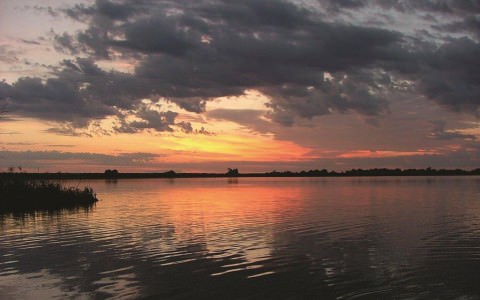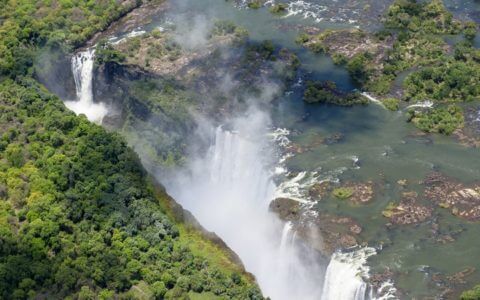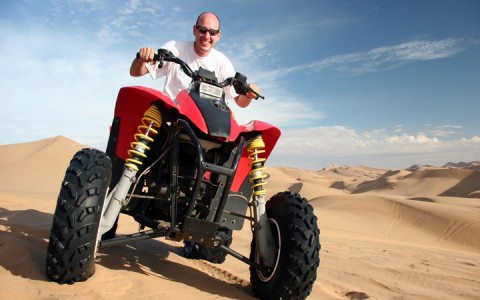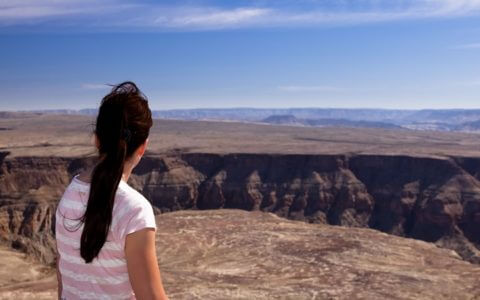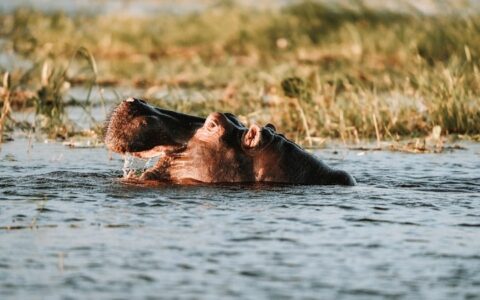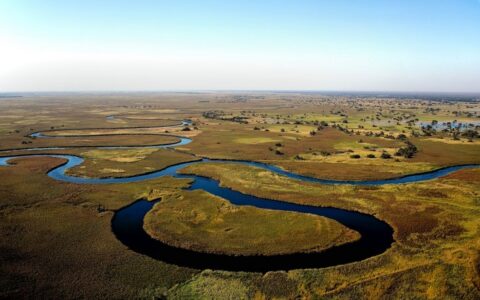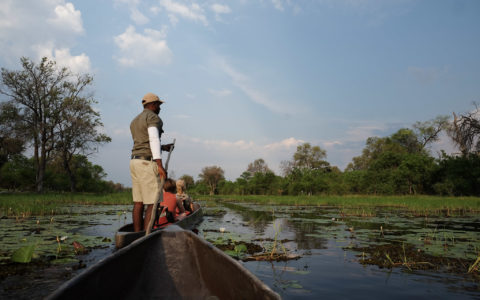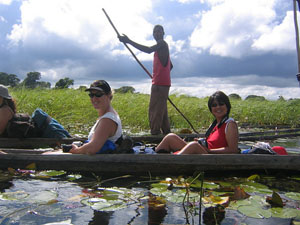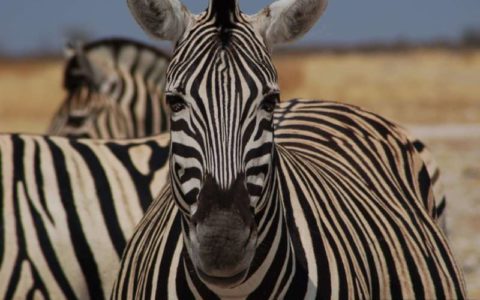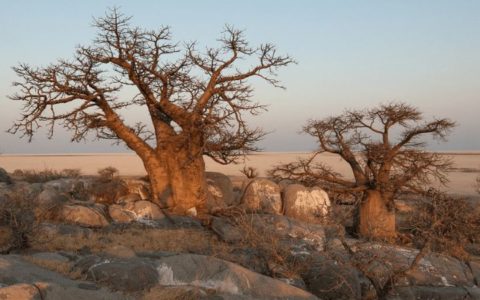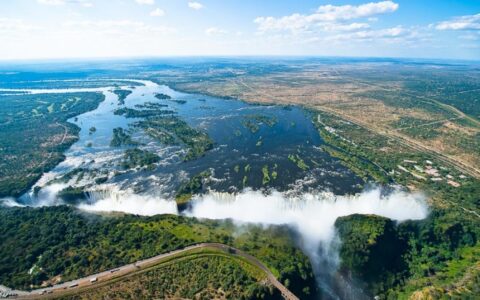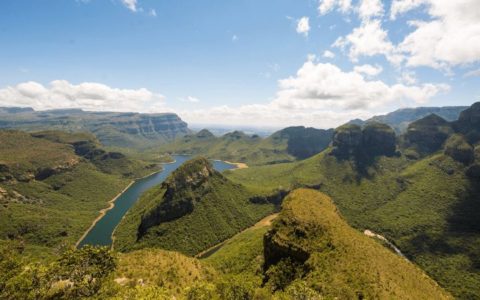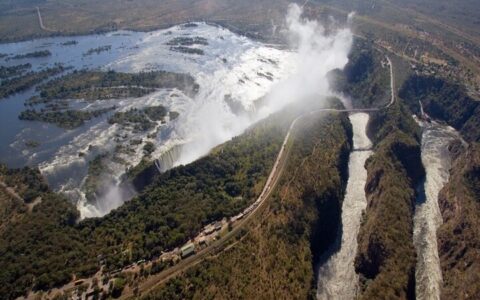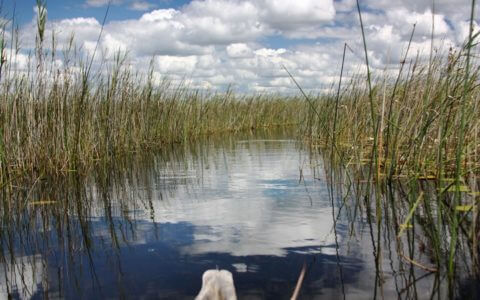Okavango Delta Safaris
The delta lies in Botswana’s northwest region and flows in the opposite direction each year. Local farmers used to call the Okavango Delta a ‘useless swamp’ and wanted to drain the areas so that they could use it as farmland. Fortunately, the delta’s significance in wildlife conservation led to it becoming a protected area.
The Okavango Delta is incredibly big, which makes spotting wildlife a little more challenging than your average game park safari tour. Although not for impatient travelers, yet pristine and beautiful. Laid-back travelers will delight in a mokoro ride (dug-out canoe) as they drift through the Delta spotting wildlife on the shores. Walking safaris are one of the best ways to explore the delta. The experienced Okavango Delta guides will provide you with valuable insight about the wildlife, birdlife and plant life of the delta.
Each year the Okavango River floods yet the waters never make it to the ocean. Instead every drop feeds into the dry salt pans in the center of Botswana while the waters sustain the wildlife of this otherwise dry region in Africa.
In the Okavango Delta you’ll find a vast elephant populations living alongside leopard, lion, cheetah, giraffe, wild dog, buffalo and over 400 bird species. Moremi Wildlife Reserve conserves 20% of the eastern side of the Delta. This Reserve is spectacularly diverse in terms of landscapes including forests, floodplains and lagoons. The rest of the Delta consists of private wildlife concessions.
Okavango Delta Tours by length
Okavango Delta Tours by style
Highlights of Okavango Delta Tours
- * Mokoro trips (traditional wooden dug-out canoes)
- * Boat rides
- * Game drives
- * Birding
- * Fishing
- * Walking safaris
- * Indigenous forest walks
- * Horse back safaris
- * Helicopter flights
The Okavango Delta floods during the winter months of June to August. During the floods, water runs into Lake Ngami with the fantastic Moremi Game Reserve opposite. This spectacular region was declared as one of the Seven Natural Wonders of Africa in February 2013.
You can travel from wet to dry land by means of mokoros (dugout canoes) where you are ‘poled’ through the waterways, lined with woodlands, dense plant life and plenty of diverse wildlife. The Delta is fed by the Okavango River, which is the third biggest in all of southern Africa. It was formed over millions of years by sand that was carried downriver from Angola. The flow of the water and its drainage paths are ever-changing, mostly due to underground tectonic activity. A paradise for predators, the Delta is renowned world-wide for its large populations of leopard, as well as its wide variety of rare and uncommon animal and bird species. Explore the region by bush walks, guided game drives or even boat trips.
Wildlife Highlights
The Delta is home to a high population of wildlife, and has become one of the finest areas in the continent to observe different bird and animal species. Throughout the wet season most of the large animals move from the delta in search of the dense, green grass that encircles it. When the grass gets thinner and winter approaches, the animals make their way back.
Some of the magnificent animals that can be seen in the delta include:
- African Buffalo
- Hippopotamus
- African Bush Elephant
- Lechwe
- Topi
- Blue Wildebeest, Greater Kudu and Sable Antelope
- Giraffe
- Nile crocodile
- Lion, Cheetah and Leopard
- Brown Hyena and Spotted Hyena
- Black Rhinoceros and White Rhinoceros
The threatened African Wild Dog still manages to survive in the Delta and boasts one of the largest pack densities in the continent. In addition the Delta is also home to numerous bird species and 71 recorded fish species including Tigerfish, Tilapia and Catfish.
Botswana Highlights
Makgadikgadi Pans
Covering 16 000 square kilometres, the Makgadikgadi Pan in the northern Kalahari Desert is the largest salt flat in the world. The landscape is eerie and feels like you’ve arrived on a different planet. In the dry season, the pans are arid and blindingly white yet extraordinarily beautiful. One of the highlights of the pan is Kubu Island which is an island of granite rocks and old baobabs. Considered to be a sacred site by the local people, a mystical atmosphere pervades the island. Camping overnight here under a blanket of stars is a true bucket list experience!
Moremi Game Reserve
The Moremi Game Reserve has an extensive range of wildlife. Although not the biggest Park in Botswana, yet it is inhabited by five hundred bird species that can be spotted during boat tours on the lagoons. The Park also offers spectacular vistas of the plains and resident game.
How to travel to the Okavango Delta on a budget
The Okavango Delta is generally rather expensive as the development is regulated and as a result there are few accommodation options. Most camps are exclusive and very expensive. Therefore the most budget friendly way to explore the Okavango Delta is on an adventure overland tour.
Our tour packages vary in length and travel style. We recommend an eight-day Chobe and Okavango Delta Budget Safari which includes a three-day trip to the Delta. While in the Delta take a trip in a mokoro (traditional dug out canoe) through the canals to a remote camp, where you can explore the bush further on foot with guides. Alternatively if you have more time we suggest an amazing route through the Delta on a 16 day Botswana Overland Safari.
More tour options to the Okavango Delta include safaris from Maun (the closest town to the Delta and around five hours’ drive away). Or you can hire a 4×4 and drive to Moremi Game Reserve’s rustic campsites, which offer ablution facilities and running water but not much else.
What to do on an Okavango Delta safari
Going on safari in the Okavango Delta is slightly different to safaris in other game parks in Africa. This is because the water offers another form of transport to explore the landscape and wildlife. Mokoros are traditional dug out canoes perfectly suited for gliding across the channels of the Delta. No paddling required! On a mokoro safari you’ll be accompanied by an expert poler who will guide you through the waterways. Alternatively go on guided walking safaris in the Okavango Delta which is another great way of experiencing the African bush.
You also have the chance to take flight and view the Okavango Delta from the air by Helicopter. This is an opportunity not to be missed and it provides a new perspective of the environment and will yield great sightings of the wonderful wildlife too.
When is the best time for Okavango Delta Tours?
The Okavango Delta is amazing all year round however the ideal time would be in the dry winter season of June and August when there is low humidity. Temperatures are very cold on early morning game drives, so pack your thermals. Expect the thermometer to drop to 6°C and sometimes below freezing at night. In the afternoons the temperature rises to about 25°C when you can laze by the pool at your accommodation.The advantage about visiting this time of year is that the animals congregate around the waterholes giving, allowing plenty of time to take photographs.
Although for bird watching the prime months are between November and April which is the rainy season. You can expect cooler temperatures as clouds gather and bring late afternoon showers. December mornings are mild at 20°C with hot temperatures of 34°C in the afternoons. January and February see the highest rainfall so prepare with waterproof jackets and trousers for torrential downpours that can continue for days. While not cold, humidity is high at 50-80%. By March and April the rain subsides and temperatures begin to cool
Botswana Tours and African Safari Packages


